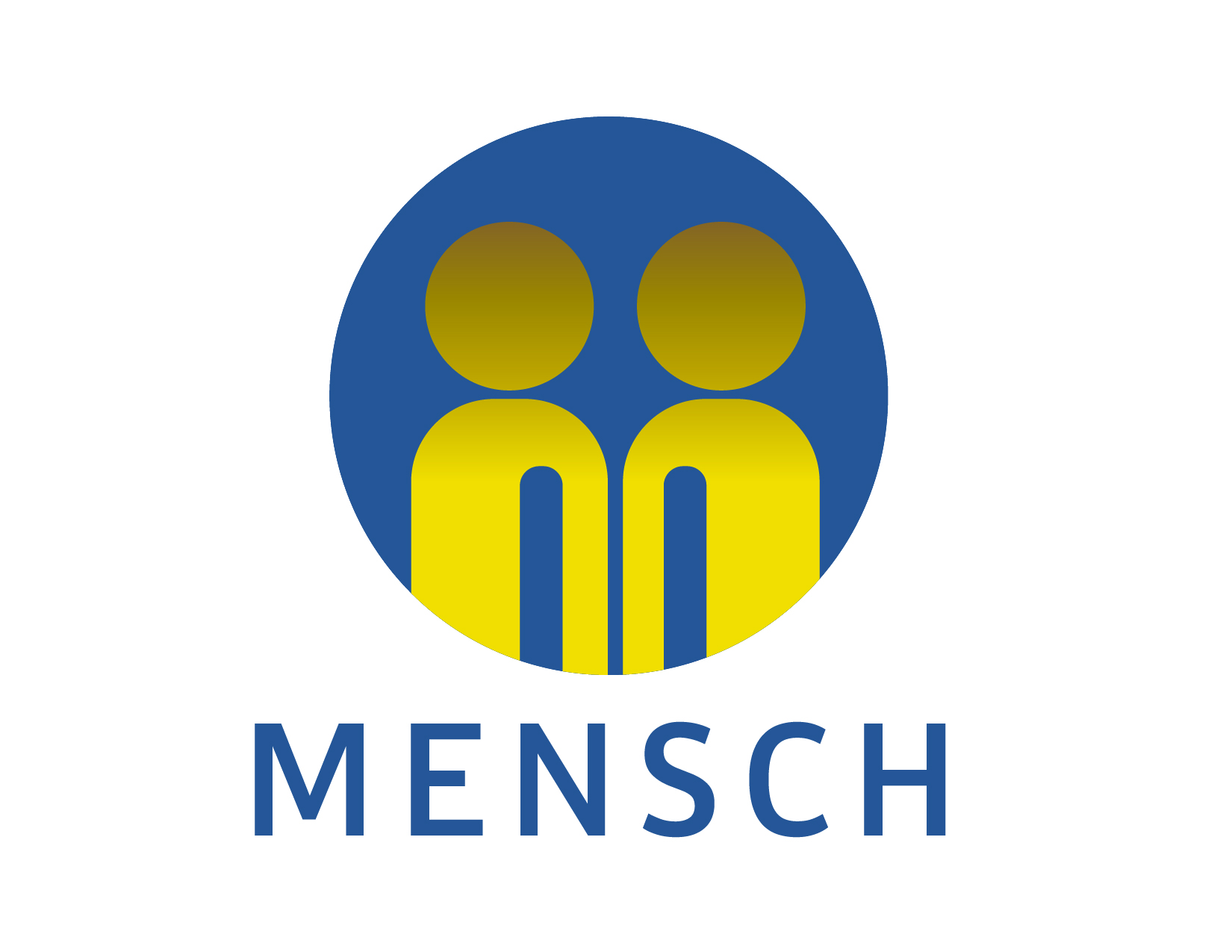A highly engaged workforce will be much more productive, have significantly fewer injuries, deliver better product quality and will do a much better job of taking care of your customers than a workforce that is not engaged or worse yet, actively disengaged. The organization’s culture will determine if employees are engaged, disengaged or actively disengaged. Every organization has a culture, but many organizations don’t spend much time considering the culture that they have and even less time actively developing a highly engaged culture despite the clear and obvious benefits. Having a productive culture with engaged employees isn’t just a matter of good fortune. It is a result of a conscious effort and a lot of hard work by the organization’s leadership and ideally starts at the top. Specific functions, departments and work teams can have their own engaged cultures but the organizational benefit and the sustainability at the smaller group sizes is harder to sustain if not supported and encouraged from the top and all across the organization. So, what can you do to grow and nurture an engaged culture? There are many resources available online and from companies like the Gallup Organization and the Connection Culture Group to help you take a planful approach to building the culture that results in a highly engaged workforce. The most important step is to determine what type of culture you desire and put a plan together to get your organization moving in the right direction. This will be a never-ending journey with many ups and downs but also many organizational and personal benefits along the way that will make the investment and the journey worthwhile.
Sustained Superior Performance is the Holy Grail of every leader in charge of any type or organization large or small. Michael Lee Stallard makes a compelling case that Sustained Superior Performance is only achievable in a Connection Culture, which is also the title of his book where he states his case. Cultures of Control and Cultures of Indifference just can’t compete with the day-to-day results that occur in Cultures of Connection. The lifeblood of any organization is the people component and how energized the employees are to give their best effort to realize the organization’s goals and objectives. Cultures of Control typically rely on command-and-control tactics which require lots of close supervision and micromanagement to get people to produce the desired results. No micromanagement, no results. Cultures of Indifference are very common in today’s fast paced world where leaders are so task oriented that they don’t take the time to connect with their employees on a human level. “I’ve got work to do, I don’t have time to talk to my employees about their home life or feelings. They’re hear to get work done!” These are typical attitudes expressed by leaders in a Culture of Indifference. Stallard points out that to achieve Sustained Superior Performance, “an organization needs to intentionally develop both task excellence and relational excellence”. In other words, ‘we need to be excellent with the tasks we have to complete, and we must be excellent at building relationships with the people who complete the tasks’. A Connection Culture creates an environment where people are energized and engaged to the point where they care about results and work hard to achieve the desired outcomes by regularly giving their best effort and even frequently going above and beyond. The Gallup organization has empirical evidence that high engagement results in higher sales, higher productivity, better quality and so on. And perhaps most importantly, in the current very challenging labor market, higher engagement results in lower absenteeism and higher employee retention. So, if you’re a leader who is running so fast to make sure you hit your numbers that you have unintentionally created a Culture of Control or a Culture of Indifference, your best remedy is to slow down and connect with the people you lead on a human level to create a Culture of Connection.





